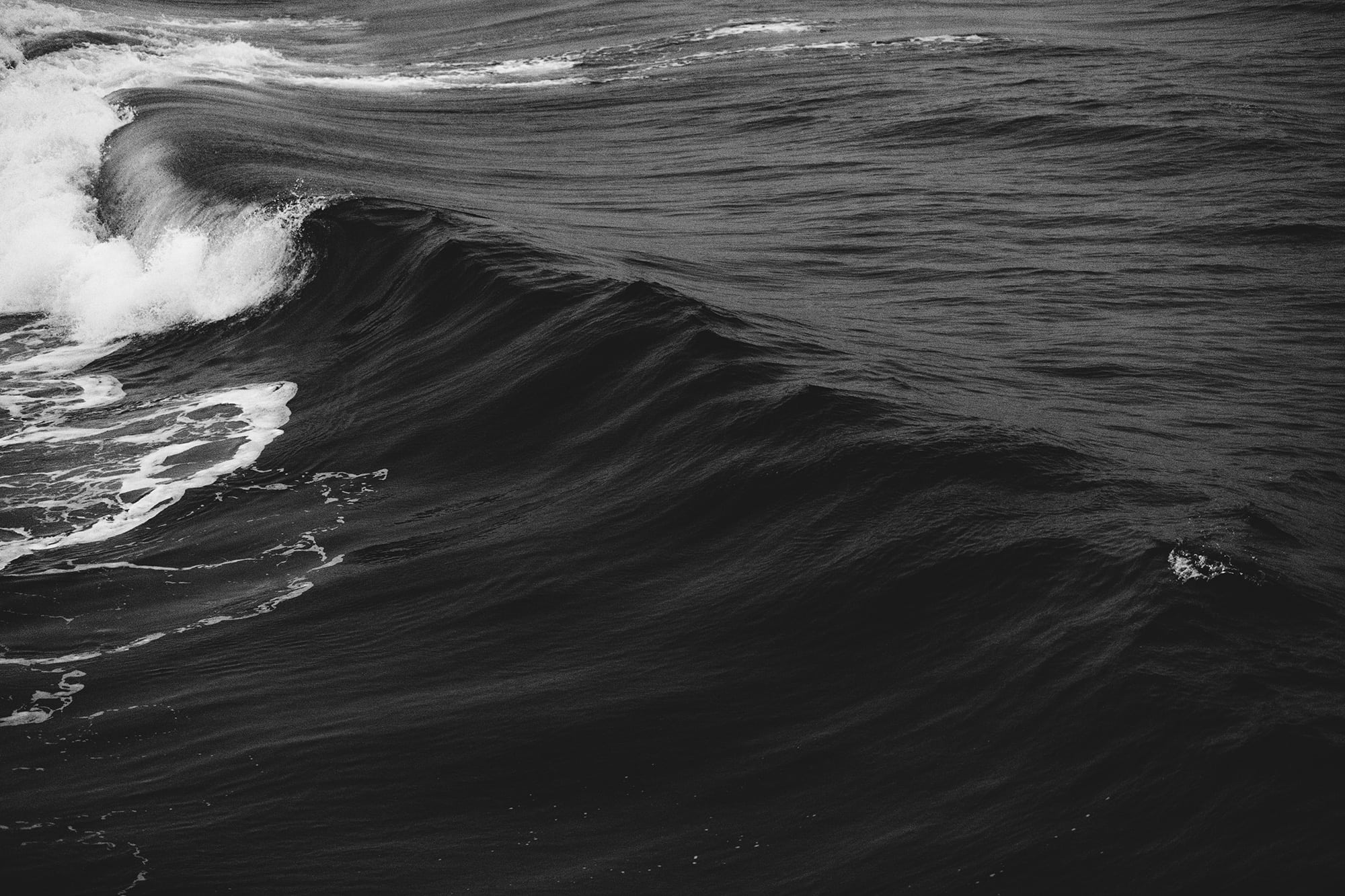Dedicated Sales Teams
Written By Bryant McClain
History begins
When faced with a career-defining moment, Chris Blackwell faced two paths that were both attractive and possible. He had just finished working on the set of Dr. No, the first James Bond movie that filmed in Jamaica. He made connections in the film industry but he had also been working with Jamaican artists to take their emerging sound to London.
“I had mixed feelings about whether I should stay in the music business or go into the movies. So, I went to a fortune-teller. The woman had a cup of tea, and we were looking into the cup and she said, ‘I think you should keep doing what you are doing.'”
Chris went on to found Island Records, the iconic private label, with countless hit artists like Bob Marley and U2.
Decades later, Keen had the good fortune to help Chris transition his famed Goldeneye resort to include private homeowners seeking to own a piece of the history of Goldeneye.
Needless to say, these purchasers wanted more than a fortune teller’s vision. They wanted the numbers. When considering a vacation home purchase, understanding the property’s rental income potential is an important part of the decision, but complex and ripe for misinformation.
Understanding Resort Rental programs
The scenario is common: you’ve found your destination and a couple of amazing vacation home options, but you want to really compare the performance potential of the properties. However, the rental programs are very different.
Through the years, deciphering rentals programs for purchasers and implementing programs for resorts has been an important aspect of our work in the Caribbean.
Below are three key points to help you navigate.
1. Percentages don’t matter, SUCCESS does
To the uninitiated, the best rental programs simply put the highest percentage of rental income into their pocket! Surely a 70/30 program that yields 70% of the revenue would be better than a 50/50 program yielding only 50% of the revenue. However, there are far more detailed vectors of analysis. After all, we would all prefer 50% of 100k, over 70% of 50k.
More importantly, we must delve into the marketing plans and the experience of the rental management or hospitality group. What are their methods and are they competitive in the market? Do they have real data available of historical success? What about quality verification from third parties such as TripAdvisor or recognized travel awards?
Historical records hold a higher value than pre-development forecasts but certain destinations with extreme growth and new inventory types often require more investigation.
2. We want homeowner fees! Make them fair, and nothing “hidden”.
Often, first time vacation home purchasers focus their search with one inquiry when looking for their new home: “Are there any homeowner fees?”, as if this is an option. Any home will have costs as sure as paint eventually cracks! The only question is whether you’ll pay someone else to manage the maintenance, utility payments, security, etc. and whether it’s a fair exchange.
Rental properties require significant maintenance and upkeep to maintain the like-new conditions that command the highest rates. The daily cleanings, pools, HVAC’s, and exotic landscapes have a real cost, but neglecting them can cost more. Further, the best programs account for the costs of effective marketing and they establish reserve accounts for the replacement of broken items but do owners need to be charged a “usage” fee for their own visits?
The key take-away is that there is a need for homeowner’s fees and that any proper analysis requires all fees be accounted in their totality.
3. Find the threshold
When we first began in this business, most vacation homeowners were only seeking to break even with their rental income covering their ownership costs. It was a favorable asset that increased in value and didn’t require annual outlays.
After the crash of 2008, resorts reconfigured programs to be more favorable for the homeowners and the world’s travelers started to increasingly favor home rentals over hotel rooms for their holiday visits. Now, it is quite common for properties to clear significant passive income and new purchasers are very eager to consider this aspect in their due diligence.
While we enjoy considering the net income potential at various occupancy rates, the most important metric remains the “zero-cost threshold” which identifies the number of rental nights needed to cover all of the costs of ownership. Programs that require over 50% occupancy to cover ownership costs aren’t globally competitive, while any program that can cover costs at 35% occupancy or less is very favorable for owners.
Just Right
Overall, vacation home purchasers can be overwhelmed by the rental program analysis which is such a critical part of the due diligence process.
Here at Keen, we’ll take the time to help you find the right property with a rental program that is appropriately designed and priced.
More Posts
Sales & Marketing Budgets
The Bottom Line Caribbean developers typically have one primary question when they call us: How much does it cost to set up a successful Sales and...
Sustainability Integration
Sustainability is more than a buzz word Over the years, we’ve witnessed a massive shift in the significance of sustainability for developers and...
Digital Marketing Integration
Making the Switch In 2015, Keen was faced with an intriguing marketing task. We were hired to consult on a boutique luxury project in Belize,...



